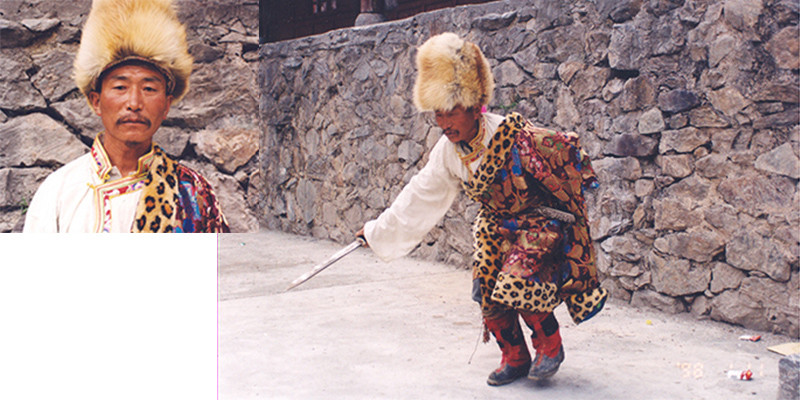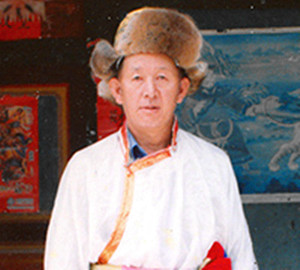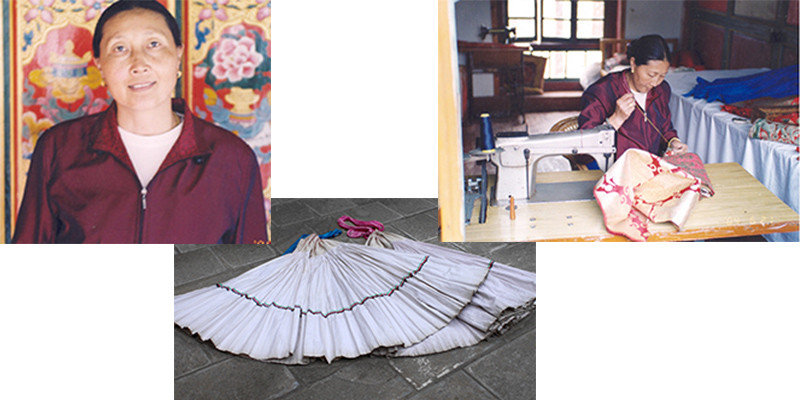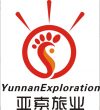
Tibetan Ethnic Minority
The Tibetan population of Yunnan Province is 140000, mainly living in Diqing Tibetan Autonomous Prefecture, with a small number scattered in Yulong, Gongshan, Yongsheng, Ninglang and other counties. Tibetan culture is rich and colorful, with its own language and characters. They believe in Tibetan Buddhism and regard white as a symbol of sanctity. They live in compact community in mostly highlands and mountainous country studded with snow-capped peaks, one rising higher than the other.
Distribution of Tibetan Ethnic Minority in Yunnan
Tibetans in Yunnan primarily reside in the Diqing Tibetan Autonomous Prefecture (迪庆藏族自治州), with Shangri-La (香格里拉) being the most notable area. This region, located in the northwestern part of the province, is renowned for its stunning landscapes, including Meili Snow Mountain (梅里雪山), and vibrant Tibetan culture. Tibetan communities in Yunnan celebrate important festivals like Tibetan New Year (藏历新年), Shoton Festival (雪顿节), and Butter Lamp Festival (酥油灯节). Tibetan Buddhism plays a central role in the lives of these communities, and visitors can explore iconic monasteries such as Songzanlin Monastery (松赞林寺). The best time to visit Tibetan areas in Yunnan is from April to October, when the weather is pleasant for outdoor activities and cultural exploration.
Tibetan Autonomous Prefectures in Yunnan
Local Tibetan Villages in Yunnan
Luotong Village in Weixi County, Diqing Cigulu Village in Shangrila, Diqing Hamugu Village in Shangrila, Diqing Napa Village in Shangrila, Diqing Xiagei Village in Shangri-la, Diqing
Protection Area of Tibetan Ethnic Culture
Benzilan Village Tibetan Ethnic Culture Protection Area in Deqin County, Diqing
Intangible Cultural Heritages of Tibetan in Yunnan
Sacrificial Ceremony to Meili Snow Mountain Shenchuan Reba Dance in Weixi County, Diqing Sinong Reba Dance in Deqin County, Diqing Reba Dance of Tibetan Ethnic Minority
Inheritors of Tibetan Intangible Cultural Heritages in Yunnan
Zhaxi Wenbu – Tibetan Rap Art Gema Zhadui – Engraver of Tibetan Scripture Ge Rong – Tibetan Wooden Bowl-making Craft Zhuo Ma – Tibetan Costume Maker Zha Ba – Tibetan Xianzi Dance Bai Niu – Xianzi-playing Skill Liao Wenhua – Wooden Bowl-making Craft Xie Liang – Wooden Bowl-making Craft He Qiankun – Tibetan Silver Ornament-making Craft Guo Jianhua – Pottery-making Craft Zha Xi – Tibetan Folk Handicrafts Sunnuo Qilin – Black Pottery Firing Techniques Dazhen Qupi – Tibetan Guozhuang Dance Xu Guilian – Tibetan Guozhuang Dance Guo Junhua – Tibetan Black Pottery Firing Techniques Project Lurong Gedeng – Color Painting and Mask-making Skill
Festivals of Tibetan Ethnic Minority in Yunnan
Shugu Nisu Festival or Fertilization Festival Gedong Festival in Shangri-La City, Diqing Dengba Festival in Shangri-La City, Diqing Xianzi Festival in Deqin County, Diqing Arrow Shooting Festival in Deqin County, Diqing Molang Qinbo Festival in Deqin County, Diqing Holy Mountain Festival in Deqin County, Diqing Horse Racing Festival in Shangri-La, Diqing The Pilgrimage of Kawa Karpo Kora in Diqing
See more about Festivals of Tibetan Ethnic Minority.

 7 Days GolfingTour
7 Days GolfingTour
 8 Days Group Tour
8 Days Group Tour
 8 Days Yunnan Tour
8 Days Yunnan Tour
 7 Days Shangri La Hiking
7 Days Shangri La Hiking
 11 Days Yunnan Tour
11 Days Yunnan Tour
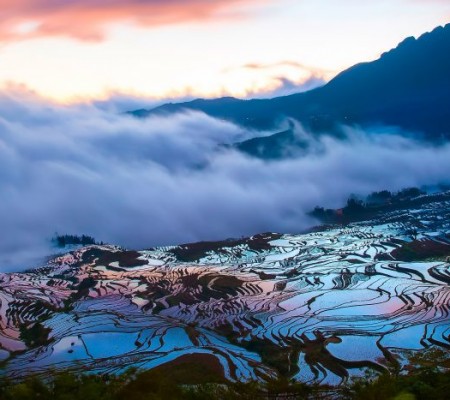 6 Days Yuanyang Terraces
6 Days Yuanyang Terraces
 11 Days Yunnan Tour
11 Days Yunnan Tour
 8 Days South Yunnan
8 Days South Yunnan
 7 Days Tea Tour
7 Days Tea Tour
 8 Days Muslim Tour
8 Days Muslim Tour
 12 Days Self-Driving
12 Days Self-Driving
 4 Days Haba Climbing
4 Days Haba Climbing
 Tiger Leaping Gorge
Tiger Leaping Gorge
 Stone Forest
Stone Forest
 Yunnan-Tibet
Yunnan-Tibet
 Hani Rice Terraces
Hani Rice Terraces
 Kunming
Kunming
 Lijiang
Lijiang
 Shangri-la
Shangri-la
 Dali
Dali
 XishuangBanna
XishuangBanna
 Honghe
Honghe
 Kunming
Kunming
 Lijiang
Lijiang
 Shangri-la
Shangri-la
 Yuanyang Rice Terraces
Yuanyang Rice Terraces
 Nujiang
Nujiang
 XishuangBanna
XishuangBanna
 Spring City Golf
Spring City Golf
 Snow Mountain Golf
Snow Mountain Golf
 Stone Mountain Golf
Stone Mountain Golf




